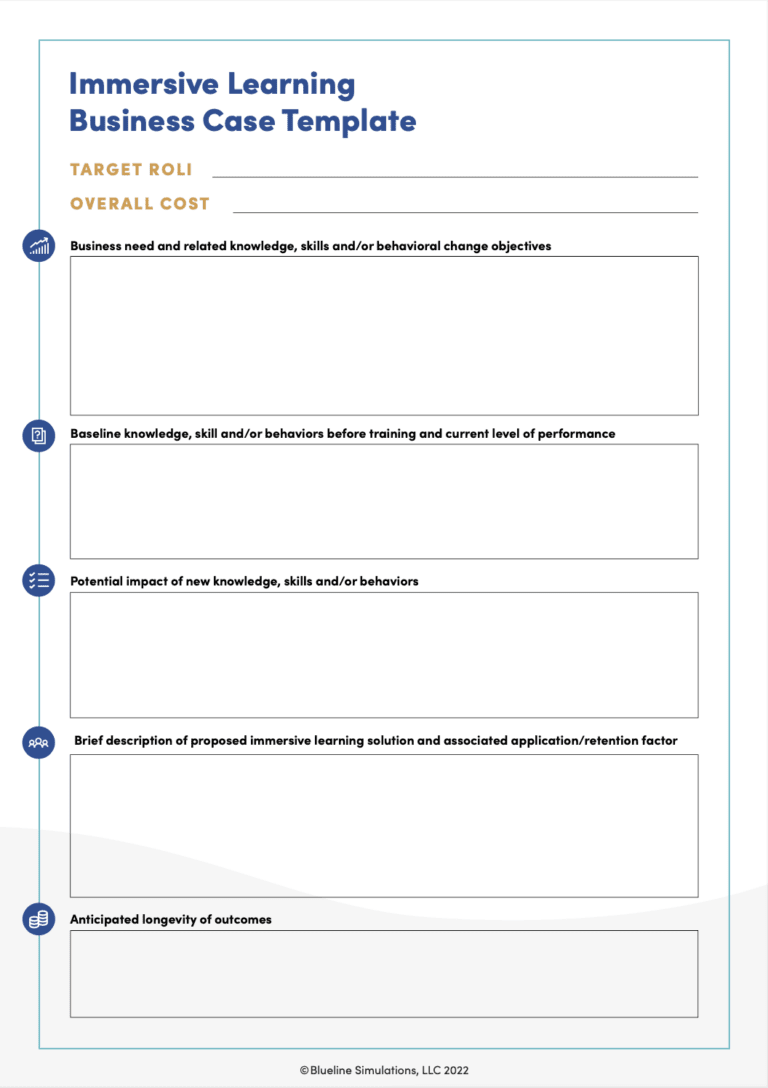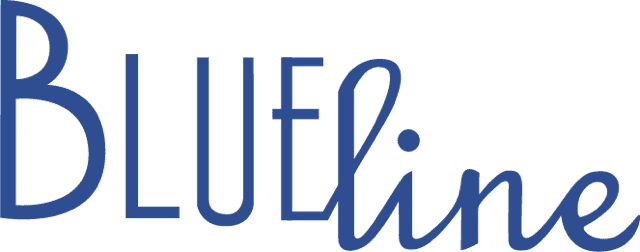How do you know if your learning programs are delivering their intended impact? And how can you make the case for investment to financial directors and CEOs? Like many business initiatives, being able to demonstrate a return on investment (in this case, return on learning investment) is a powerful way to justify past expenditures and make the case for future investment. Yet few L&D departments make an effort to actually calculate a monetary ROI: only 3% of companies in the US, according to a broad-based survey by the Association for Talent Development.
What is return on learning investment (ROLI)?
Return on learning investment, or ROLI, is a formula used to demonstrate the return on investment (ratio of a project’s financial outcomes to its cost) of learning initiatives.
Measuring the cost to deploy professional training is relatively straightforward, but measuring training’s impact (personal value to learners and business value to the company) is often more of a challenge. Training is frequently implemented in parallel with other business initiatives, which complicates the process of quantifying its value. Further, some types of training initiatives lend themselves to an obvious financial impact on the business (sales training is a classic example), whereas others (leadership, coaching, people skill development, etc.) have more of an indirect effect on business KPIs.
Nevertheless, it is possible to measure (at least some of) the return on a training investment if you collect the right data. With a data-driven approach, you’ll be better positioned to understand how training helps achieve strategic business goals and affects the bottom line.
Why calculate return on learning investment?
ROLI is a historical measure of an initiative’s impact on the business, and a strong ROLI of a past investment can help build the case for similar investments in the future. You can also use a projected ROLI to help you plan new programs and make a business case for the investment.
A projected ROLI can help you to:
- Accurately predict outcomes
- Justify budgets
- Align projects to business needs
- Show contributions of selected projects
- Earn the respect of senior business leaders
- Build staff morale
- Gain learner buy-in by communicating the value of the learning experience
- Improve support for projects
- Enhance design and implementation processes
- Identify inefficiencies that need to be redesigned or eliminated
- Identify successful projects that can be deployed in other areas
- Ensure C-level leadership appreciates what they are buying with finite resources
Implementation Showcase
Why there’s never been a better time to maximize ROLI
Amid today’s uncertain economy, savvy companies recognize the value of generating an impressive ROLI during periods of downturn or softening. When the economy experiences a dip, it presents a crucial opportunity to gear up for the impending upswing. This strategic move can multiply return on learning, positioning your company miles ahead of competitors.
Consider this: If you invest in learning initiatives during a downturn, you’re harnessing the power of the moment to navigate the current challenges and fortify your position for the future. This creates a notable leverage factor.
If your team is experiencing more downtime in a less busy period, what better way to spend it than preparing for when things pick up? Doing so unlocks additional value within the ROLI equation: people have more time and energy to engage in training and they’re not missing out on work that would typically contribute to the cost side of the equation. In addition, the collective experience of learning and development brings people together during tough times, fostering a sense of unity and resilience that can be transformative for teams and the organization. It can also reduce employee anxiety by demonstrating the company’s commitment to their long-term success.
Investing in learning during a downturn is not just a proactive measure; it’s a strategic move that can yield substantial returns in both the short and long term. The crucial caveat: it needs to align with the mindset of the learners. It should be relevant, contextual, engaging, and address the immediate needs and challenges faced by the workforce to ensure maximum ROLI and tangible benefits.
How to measure and demonstrate ROLI
ROLI is traditionally calculated using the following formula:

For many learning initiatives, it can be challenging (if not impossible) to quantify the results of a training intervention in dollars. Much work in this field has been accomplished by Jack and Patti Phillips of the ROI Institute, as well as other thought leaders in the field of learning measurement. But even if a training investment can be clearly connected to financial outcomes, training can still only achieve ROLI when it leads to changes in behavior that help meet business objectives.
L&D professionals should be able to measure skill and performance levels before and after training, evaluating:
- New abilities or skills after training
- Application rate (participants applying newly acquired skills on the job)
- Tangible improvements in productivity or efficiency
- Tangible improvements in quality of work
- The link between changed behaviors and business objectives, which is key to assigning financial value to training results
- Retention and attrition rates
Ideas to collect the data
- Course evaluations and feedback
- Skills and knowledge assessments
- Learner self-reports
- Reports from learners’ managers
- Learner KPIs
- Measures and values of business impact
Expanding on the formula for ROLI
Blueline’s ROLI formula expands on how to define the financial results by taking a deep dive into the various factors that influence the financial impact of training. You cannot influence every variable in our expanded ROLI formula, but many of them can be affected with the right planning and learning design.

| S | Baseline knowledge, skill, or behavior level before training |
| Δ | Potential impact of new skill on productivity |
| P | Current performance |
| R | Application/retention factor as determined by: – Cognitive ability (difficult to influence) -Learner motivation (motivation can be affected by lots of things, including proximity of training to a requirement to apply the skills on the job) – Learner engagement with the content (this is where immersive learning designs make a difference) |
| T | Learning objectives and KPIs |
| C | Total cost of the training, including development, delivery, and opportunity cost of removing learners from the job: – Initial analysis and assessment – Development of solutions – Acquisition of solutions – Implementation and application – Salaries/benefits for program team time – Salaries/benefits for coordination time – Salaries/benefits for participant time (opportunity cost of time spent in training) – Program materials – Hardware/software – Travel/lodging/meals/use of facilities (many of which can be avoided by delivering learning experience virtually) – Capital expenditures – Maintenance and monitoring – Administrative support and overhead – Evaluation and reporting |
You can find an example to explain the formula for maximizing ROLI in our free guide: Building the Business Case for Immersive Learning.
Your turn to measure return on investment for learning and development!
We’ve created a complete guide to Building the Business Case for Immersive Learning, including a free template that you can use when building your own business case. We recommend leading with the target ROLI to capture the attention of senior leaders and encourage them to dig deeper. Although you won’t have all the data at this stage, estimating ROLI will help you show how immersive learning has the potential to deliver a higher return than past learning investments.
You can download the guide and the template here.
If you need further assistance, we are ready to help you find the greatest areas of business impact for immersive learning and begin building a business case for your company. Get in touch to set up a free consultation with one of our experts.

Establishing ROI for Learning Initiatives
Download our free template to help you develop your business case for immersive learning and gain buy-in from employees and executives for your learning and development initiatives.


